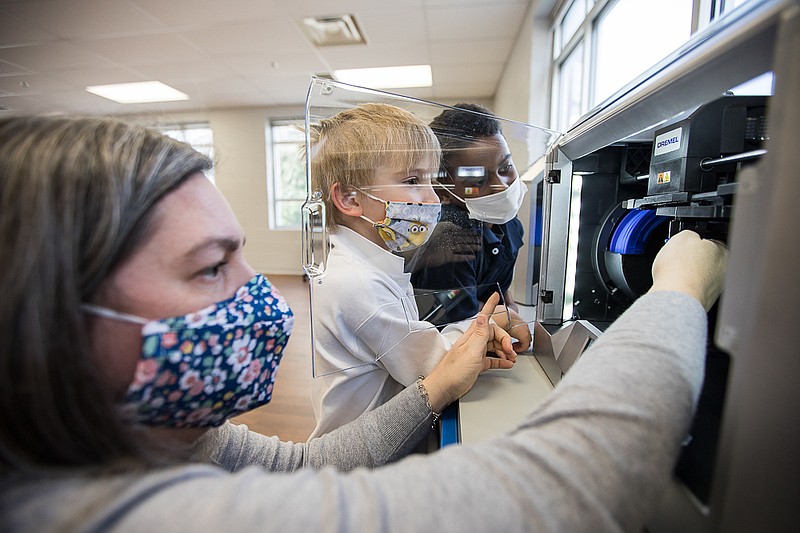Q: Do children and adolescents still need to wear masks when they return to school?
A: Daily cases of COVID-19 are increasing, leading many organizations to revise their mask recommendations. The Centers for Disease Control and Prevention, the American Academy of Pediatrics and many others have recently revised their school guidelines and recommend universal indoor masking for all teachers, staff and students of K-12 schools, regardless of their vaccination status.
These changes were made given the concerns of the more contagious delta variant, data showing that rates of infection and transmission in children and adolescents are comparable to adults and the effectiveness of masks to reduce the spread of SARS-CoV-2. Several published school-based studies have shown that wearing masks in schools decreases transmission and that infections are more likely to occur when preventive strategies are not implemented. Schools that consistently implemented prevention strategies were successful in limiting transmission.
Transmission of SARS-CoV-2 in schools depends on local transmission rates. The CDC recommends schools consider levels of community transmission when assessing risk of transmission within the schools. If community transmission is high and community vaccination levels are low, students and staff are more likely to come to school while infectious and introduce SARS-CoV-2 into schools.
Currently in Hamilton County, community transmission is high. Cases and hospitalizations have increased significantly. The seven-day average has increased from nine cases at the beginning of June to now more than 150. This level of community transmission increases the risk of transmission in schools if mitigation efforts, including masks, are not used.
The American Academy of Pediatrics has stated that masks can be safely worn by all children 2 and older, including the vast majority of children with underlying health conditions (with rare exceptions). Masks do not cause low oxygen levels or lead to increased carbon dioxide levels, and their use will not affect a child's ability to learn in school.
Young children comprise a greater proportion of the population who are unvaccinated and therefore are at higher risk. Although children are less likely to develop severe illness or die from COVID-19, the risk of long-term consequences from having COVID-19 is unknown.
COVID-19 vaccines for those who are eligible and effective mitigation efforts, like indoor universal masking in schools, will assure safe back-to-school, in-person learning.
Fernando Urrego, M.D., is the interim health officer at the Hamilton County Health Department and a member of the Chattanooga-Hamilton County Medical Society.
Related stories
[READ MORE: Hamilton County parents urge mask mandates in schools.][READ MORE: Hamilton County Schools officials stand their ground on optional masks.][READ MORE: Tennessee Gov. Lee: School districts can impose mask mandates, but state may halt them.][READ MORE: Northwest Georgia schools to encourage but not require masks.]

